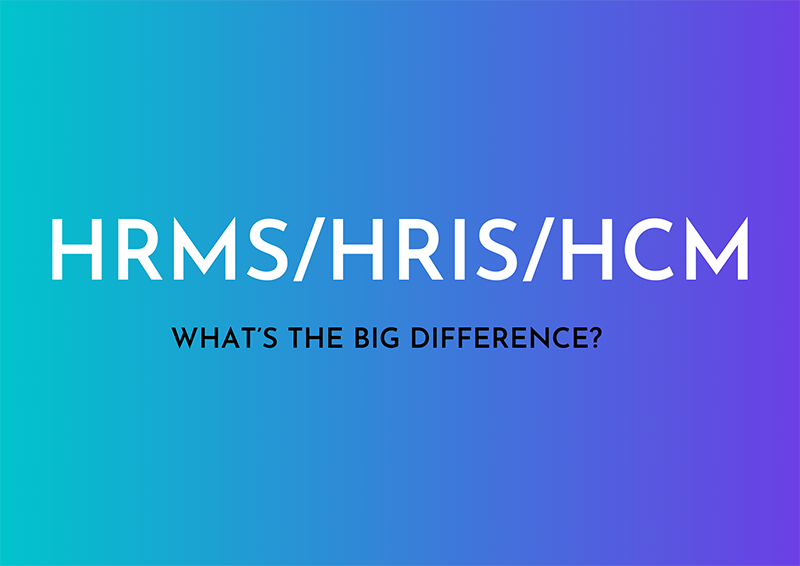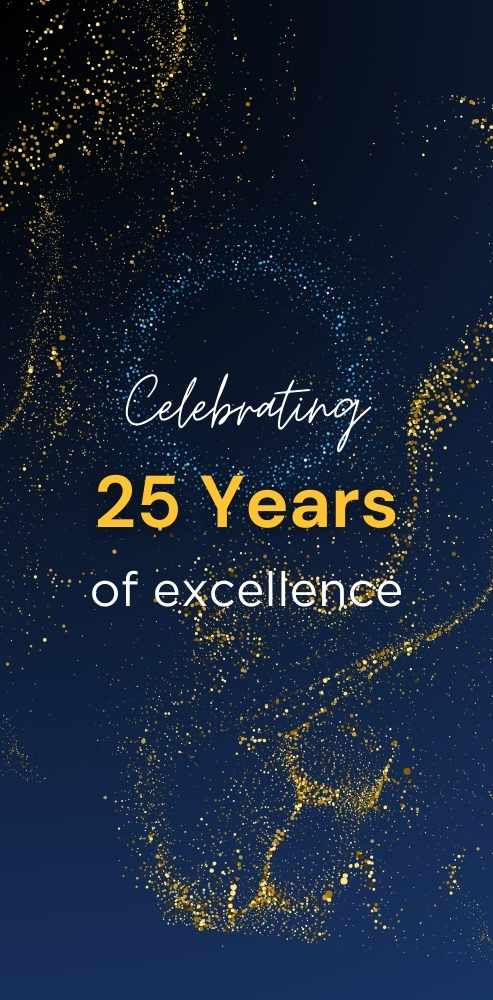[vc_row][vc_column][vc_column_text]The global human resource management market is poised to have a market share of USD 39.5 billion by 2027 according to KBV research. The rapid growth in the HR management market has been further spurred on by the global pandemic, with an increased reliance on elements that have made HRM easier, such as AI and analytics. Easy access and efficiency in managing employees remotely have become easier for managers.
HR managers now have a multitude of solutions to deal with challenges that may arise when dealing with employee management, payroll, and other HR functions using tools and software such as HRIS, HCM or HRMS. But what are they? What’s the big difference?
HRIS
HRIS or Human Resources Information System(s), is a system that collects, assimilate and store data pertaining to an organization’s employees. Most HRIS consist of functionalities and tasks necessary for Human Resources Management (HRM). HRIS can complete tasks such as recruitment, performance appraisals and management, assessments, training, learning and development, and so much more. This system is in essence, an HR software package capable of a multitude of functions that can help managers carry out their tasks more effectively. Examples include ADP Workforce now, Eddy, IntelliHR, and Bridge, each with unique functionalities. HRIS can run on a firm’s systems independently, or as is the case, newer packages can be entirely cloud-based services, making it easier to update these systems.
HRMS
While interchangeably used with HRIS, HRMS, or Human Resource Information Systems are also software suites that manage human resource processes and employee information in an organization. However, while these two software suites essentially operate and automate HR processes, the key difference lies in their scale and scope. HRIS automates specific key processes. For instance, Intelli HR is perfect for understanding performance analytics, while Bridge, another HRIS, works wonderfully for coaching and learning and development initiatives. However, human resource management systems are one-stop solutions for the entirety of an organization’s HR needs. HRMS takes care of payroll management, recruitment, time and attendance, compliance, and employee documentation. PeopleSoft created the first fully integrated HR management system for client servers back in late 1989. HRMS are more robust, have a more holistic range of services, are more accessible owing to cloud-based software, and, most importantly, offer greater insight from their analytics and data security.
HCM
HCM, or Human Capital Management, is another term used in the context of effective human resource management practices and systems. Human capital management is an extensive set of organizational practices with a large scope, covering aspects like recruitment to the effective placement and management of human capital or employees within an organization. HCM software sets itself apart from HRMS and HRIS on the scale of its operations and the range of functions. HCM software, in addition to all the functionalities of HRIS and HRMS, includes specialized aspects of HR functions that are more holistic and range from one end of an employee’s life cycle within an organization to the other. HCM also includes recruitment and onboarding functions, employee engagement, talent and performance management, analytics, and reporting. HCM offers more in-depth insight and perspectives on the effectiveness of workflow systems and practices in an organization that can help organizations weed out undesirable ones to become more efficient.
When comparing the three systems, HRIS works well in organizations just starting, while HRMS would be effective in mid-level organizations looking to scale. HCM systems are a must in major organizations that look to stay ahead of their competition.[/vc_column_text][/vc_column][/vc_row]









